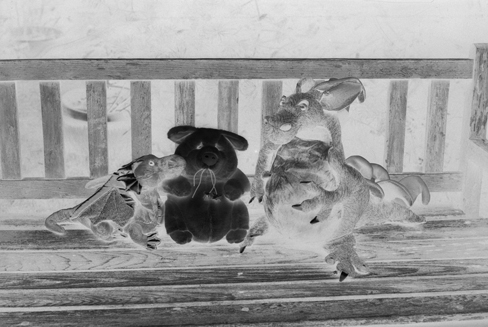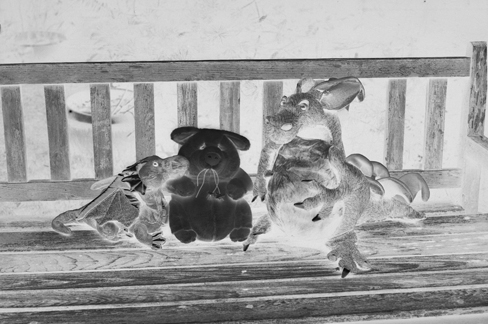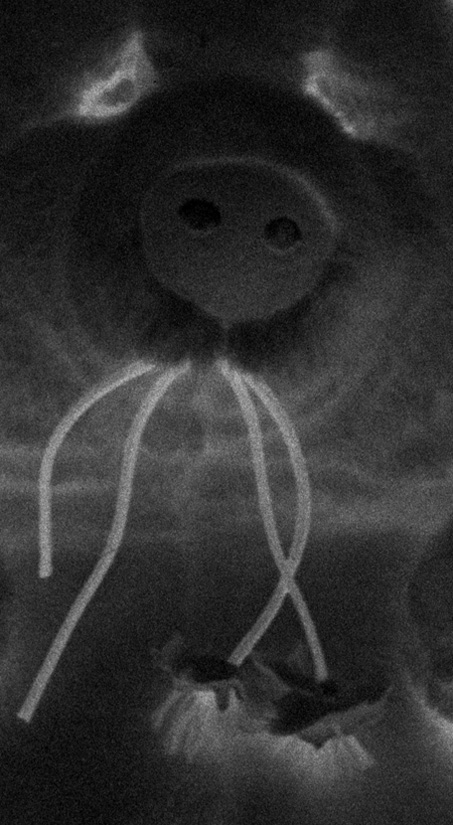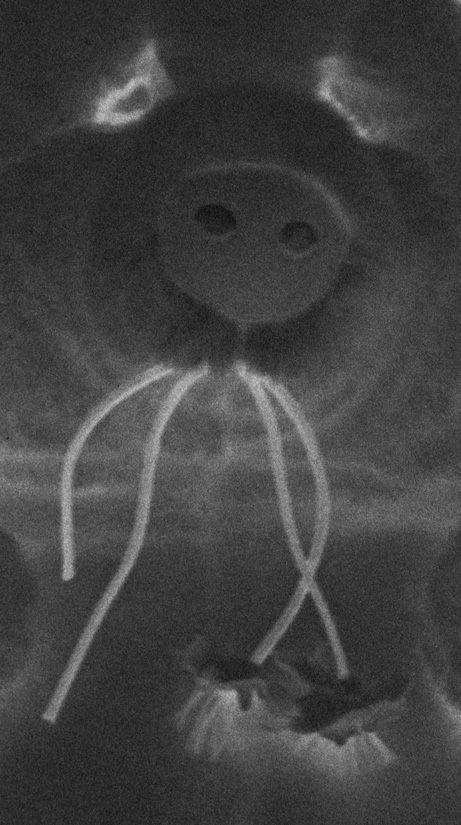Digging into X2Ag-Ortho, p.3
March 27, 2012
One of the reasons Kodak, et al, offered so many different films in the halcyon days of silver gelatin was because they could. The variations possible were all but infinite. Photographers could pick one or a dozen kinds and use each for slightly different purposes (sometimes imagined). There probably was more paper used writing about how to use each kind of film than paper used to make photographic printing paper. (And I have no idea to what extent that is, or is not, an exaggeration.) Photographers labeled their film holders for the different types or had exchangeable roll film backs, or multiple cameras hanging around their necks. Of course, there have always been the minimalists among us who learned how to get by with only one or two films. There are very few films that can't be made to serve just about any purpose within their sensitivity range. But, by and large, most photographers love lots of stuff to play with. Sometimes testing film/developer/printing combinations, ad infinitum, ad nauseam is easier than actually making art. And to round out my day of Latin, that's a big mea culpa. Anyway, bear with me, I really am trying to go somewhere with all this.
Defining Film "Speed" — UV light levels
First, I'm finding that film speed is far more dependent on UV levels than I would have guessed. Here, on the Oregon Coast, we had a string of very low UV days. I haven't gotten in the habit yet of checking the EPA UV page every day. I'm now trying to note UV as much as rainy, cloudy, or sunny. UV levels are not always directly related to how cloudy or bright a particular day is. (Ask any tourist who has gotten a bad sunburn on a cloudy day at the beach.) For an informative read, go to:
For an informative read, go to:
http://www.epa.gov/sunwise/uvicalc.html

When I set this latest variation of X2Ag-Ortho at ASA 50/25, it was on a UV=1 day. I also hadn't happened on Rodinal. Both the UV light levels and the developer matter. Rodinal (actually Adox Adonal) at 1:10 gives gorgeous ASA 100 negatives. At UV 3-5, the ASA is 100/50. I'm as sure as I can be that this will easily go considerably higher in the upcoming summer months.

X2Ag-Ortho at ASA 100, Rodinal 1:10, 5 min.
The positive is a straight invert/autolevels.


X2Ag-Ortho at ASA 50, D23 (stock), 5 min.

I love this versatility. For the foreseeable future, I'm shooting "N"@ 100 and "N-minus"@ 50 and developing in Rodinal and D23, respectively. Along with the slightly higher contrast, note the extra bit of base density in the Rodinal negative. This doesn't show up with higher developer dilutions, but the extra density is welcome with some contact printing papers.
Below: Grain comparison: ASA 100 in Rodinal on the left and ASA 50 in D23 on the right.



Continued...